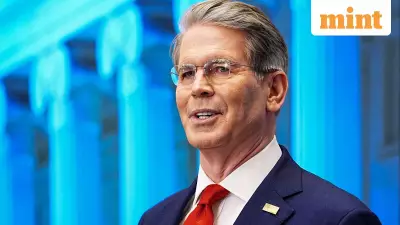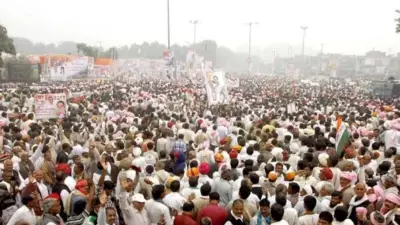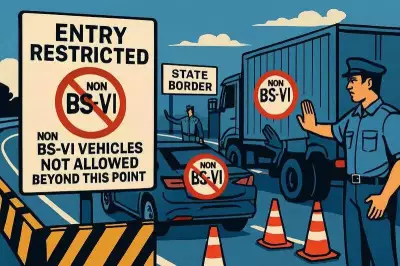
As Delhi continues to gasp for clean air amidst worsening pollution levels, authorities are considering a radical technological intervention: creating artificial rain through cloud seeding. This ambitious plan aims to literally wash away the toxic pollutants that have become a perennial nightmare for the capital's residents.
What Exactly is Cloud Seeding?
Cloud seeding is a weather modification technique that involves dispersing substances into the air that serve as cloud condensation or ice nuclei. This process alters the microphysical processes within the cloud, potentially enhancing precipitation. Think of it as giving clouds a gentle nudge to release their moisture more effectively.
Delhi's Desperate Measures for Clean Air
The Delhi government has been actively exploring this option, with the Environment Minister confirming that experts from IIT-Kanpur are ready to implement cloud seeding if weather conditions become favorable. The timing is crucial – authorities are looking at November 20-21 as potential dates when meteorological factors might align perfectly for this operation.
The Science Behind Making It Rain
Successful cloud seeding requires three critical components:
- Suitable clouds: Not every cloud can be seeded – they need sufficient moisture content
- Appropriate weather conditions: Specific wind patterns and atmospheric stability
- Government permissions: Multiple agency clearances including from DGCA and Ministry of Home Affairs
Challenges and Limitations
While the technology sounds promising, experts caution that cloud seeding isn't a magic bullet for pollution. The effectiveness can vary significantly based on cloud type, atmospheric conditions, and the seeding method used. Some studies suggest seeded clouds might produce 10-15% more rainfall, but the results aren't guaranteed.
Environmental Considerations
Environmentalists emphasize that cloud seeding should be viewed as an emergency measure rather than a long-term solution. The real focus, they argue, should remain on addressing pollution at its source through stricter emission controls, transitioning to cleaner energy, and improving public transportation.
The Bigger Picture: Temporary Relief vs Permanent Solutions
As Delhi contemplates this technological intervention, the fundamental question remains: Can we engineer our way out of pollution, or do we need more sustainable, systemic changes? Cloud seeding might offer temporary respite, but the war against pollution requires a multi-pronged strategy that targets the root causes rather than just the symptoms.
The coming weeks will reveal whether Delhi's skies will witness this scientific experiment in action, and more importantly, whether artificial rain can provide genuine relief to millions breathing toxic air daily.





